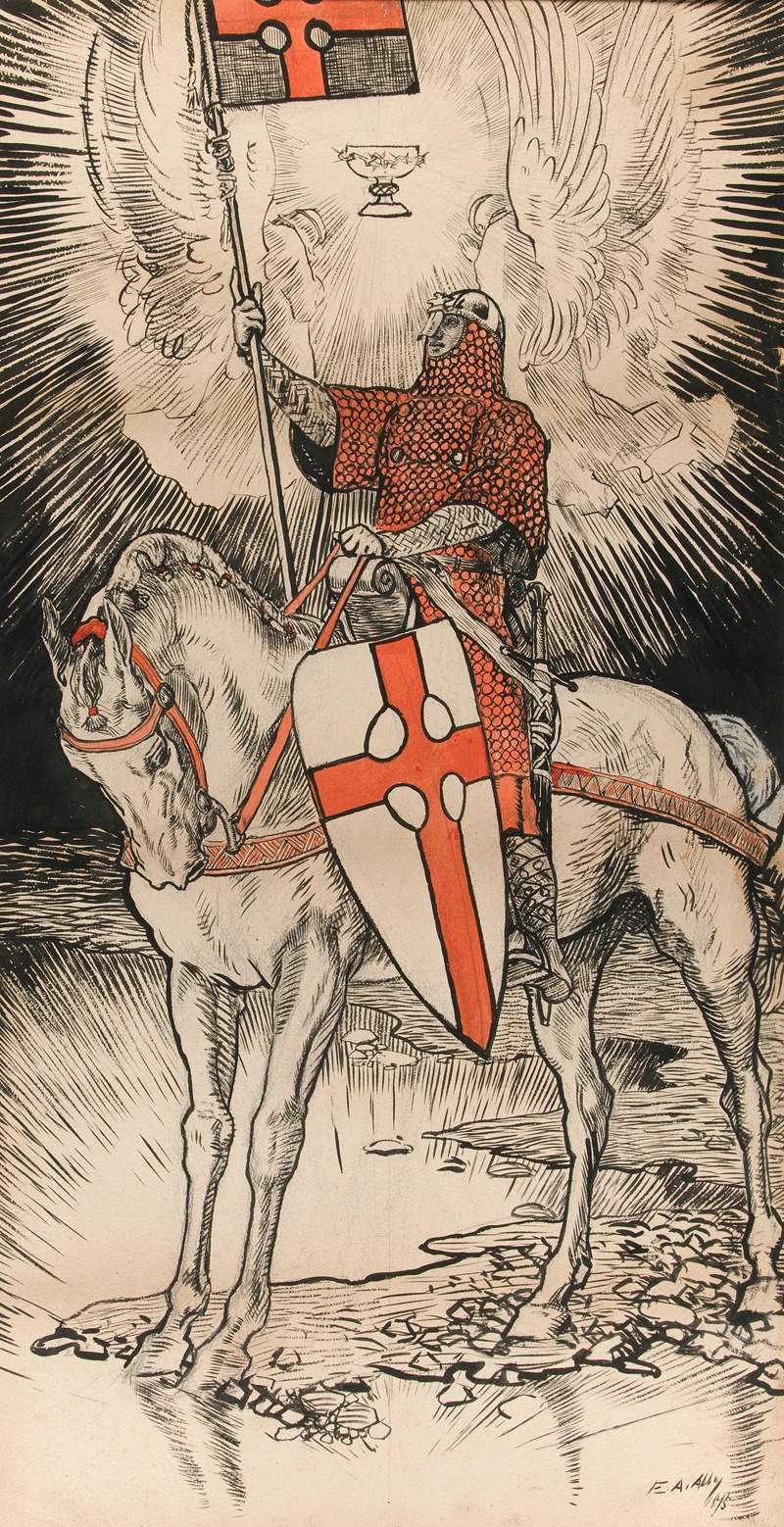
Drawing for the poster publicizing the exhibition for and publication of the book of Abbey’s Quest of the Holy Grail in New York City
A hand-painted replica of Edwin Austin Abbey’s masterpiece Drawing for the poster publicizing the exhibition for and publication of the book of Abbey’s Quest of the Holy Grail in New York City, meticulously crafted by professional artists to capture the true essence of the original. Each piece is created with museum-quality canvas and rare mineral pigments, carefully painted by experienced artists with delicate brushstrokes and rich, layered colors to perfectly recreate the texture of the original artwork. Unlike machine-printed reproductions, this hand-painted version brings the painting to life, infused with the artist’s emotions and skill in every stroke. Whether for personal collection or home decoration, it instantly elevates the artistic atmosphere of any space.
Edwin Austin Abbey was an American artist known for his illustrations and paintings, particularly those depicting literary and historical themes. Among his notable works is the series of illustrations for "The Quest of the Holy Grail," which was inspired by the Arthurian legends. Abbey's work in this area is celebrated for its intricate detail and historical accuracy, capturing the essence of the medieval period with a romantic flair.
The drawing for the poster publicizing the exhibition and publication of the book "Abbey’s Quest of the Holy Grail" in New York City is a significant piece that reflects Abbey's dedication to the Arthurian legends. This work was part of a larger project that Abbey undertook, which involved creating a series of murals for the Boston Public Library. These murals, completed between 1890 and 1901, are considered some of Abbey's masterpieces and are a testament to his skill in bringing literary subjects to life through visual art.
The poster drawing itself would have been designed to capture the attention of the public and generate interest in both the exhibition and the publication of the book. Abbey's style often included rich, detailed compositions with a strong narrative element, which would have been effective in conveying the epic nature of the Holy Grail quest. His use of color, line, and form would have been employed to evoke the medieval setting and the chivalric themes central to the story.
Abbey's work on the Holy Grail series was influenced by his extensive research into medieval history and literature. He was known for his commitment to authenticity, often studying period costumes, architecture, and artifacts to ensure that his illustrations were as accurate as possible. This attention to detail is evident in the drawing for the poster, which would have reflected the same level of historical fidelity and artistic craftsmanship.
The exhibition in New York City would have provided an opportunity for the public to engage with Abbey's work on a larger scale, showcasing the depth and breadth of his artistic vision. The accompanying publication of the book would have further disseminated his illustrations, allowing a wider audience to appreciate his interpretation of the Arthurian legends.
Abbey's contributions to the art world, particularly through his illustrations of literary subjects, have left a lasting impact. His work on "The Quest of the Holy Grail" remains a significant achievement in the realm of book illustration and mural painting. The drawing for the poster publicizing the exhibition and book publication is a reflection of Abbey's artistic legacy and his ability to bring the timeless tales of the Holy Grail to life for contemporary audiences.





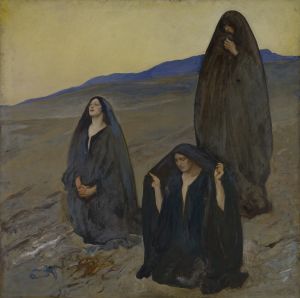
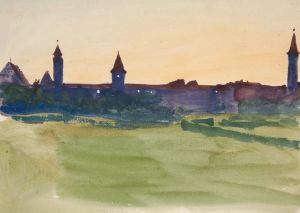
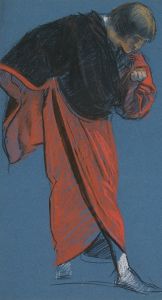
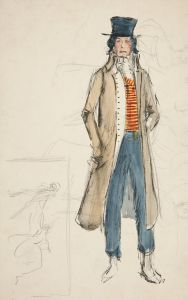
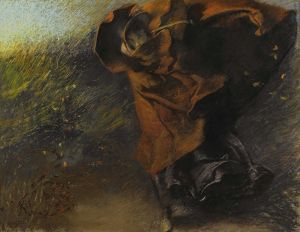
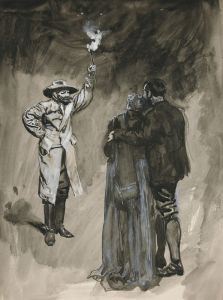
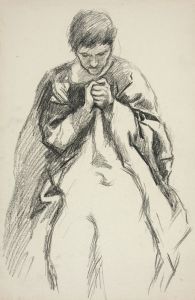
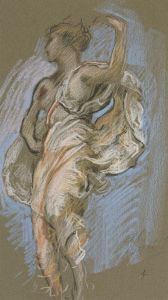
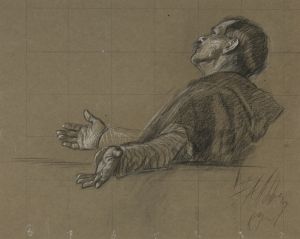
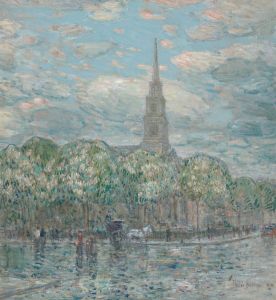
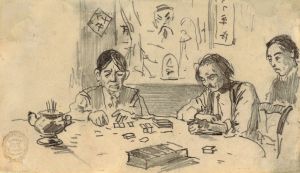
![Design drawings for miscellaneous interiors, some possibly related to the Hotel St. George, New York, NY.] [Sketch for miscellaneous interior .](/imgs/249277/s/winold-reiss-design-drawings-for-miscellaneous-interiors-some-possibly-related-to-the-hotel-st-george-new-york-ny-sketch-for-miscellaneous-interior--6b46aedb.jpg)
![Design for unidentified ballroom, probably New York City area.] [Perspective rendering in vermillion and gold](/imgs/249296/s/winold-reiss-design-for-unidentified-ballroom-probably-new-york-city-area-perspective-rendering-in-vermillion-and-gold-a55c65e4.jpg)
![Interior perspective studies for Restaurant Crillon, 15 East 48th Street, New York, NY.] [Study for Winter Garden](/imgs/249379/s/winold-reiss-interior-perspective-studies-for-restaurant-crillon-15-east-48th-street-new-york-ny-study-for-winter-garden-60e13bd3.jpg)